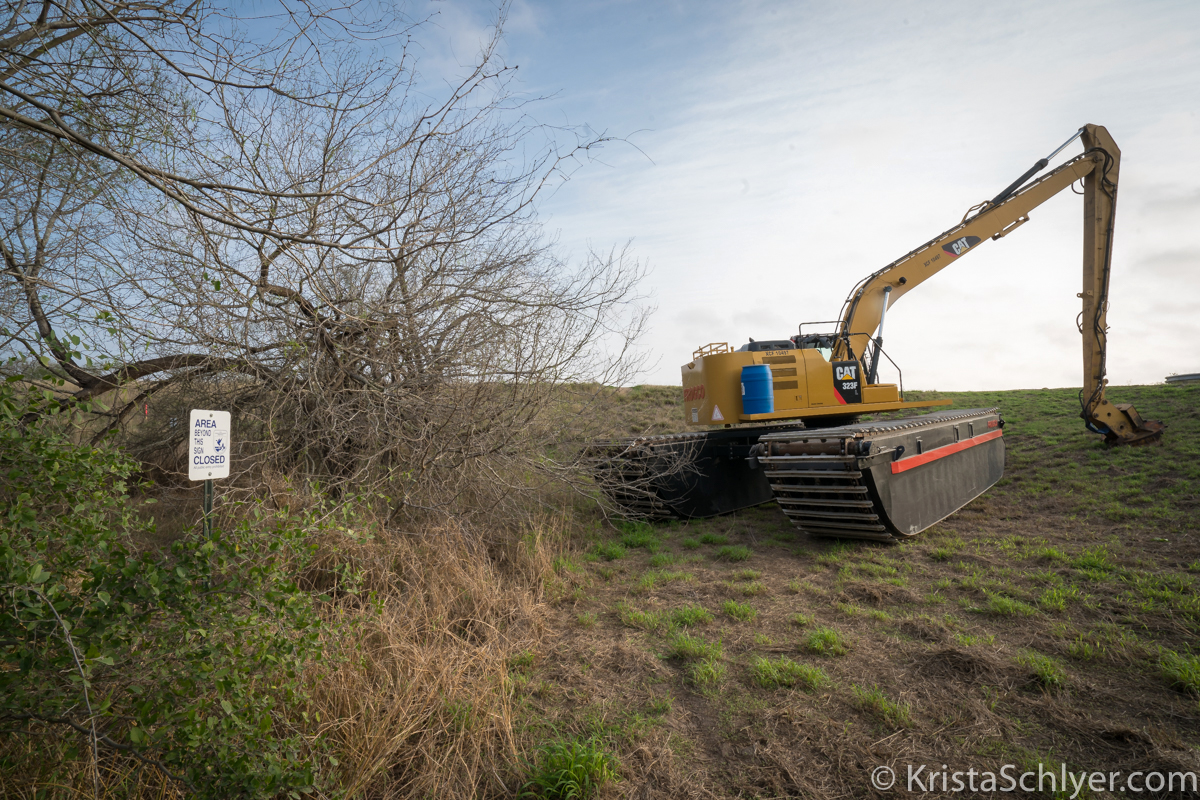Wednesday morning at dawn a solitary pied-billed grebe paddled through a misty oxbow lake called La Parida Banco in the Lower Rio Grande Valley National Wildlife Refuge. La Parida translates from Spanish as: one who has just given birth, perhaps the most apt description I’ve ever heard for a wildlife refuge. I contemplated this meaningContinue reading “La Parida: Where the Wild Things Were”
Tag Archives: national butterfly center
Border Angels vs Excavators
Like many South Texas mornings, yesterday’s dawn was sung into existence by Altamira orioles, great kiskadees and green jays, warblers and cardinals. It’s hard to imagine any hurt could go unhealed in a world where the birds chorus at dawn. So it seemed for a brief eternity as I walked west through the northern edgeContinue reading “Border Angels vs Excavators”
